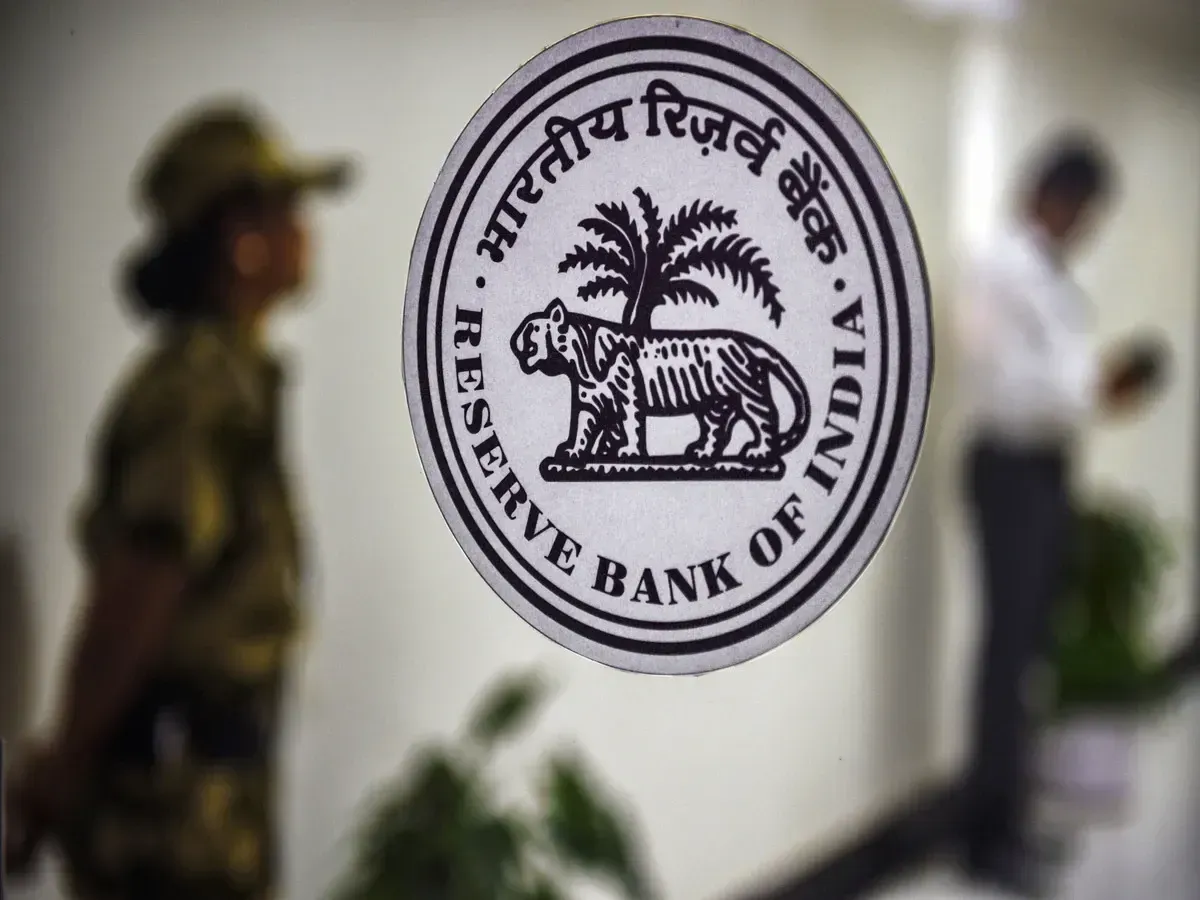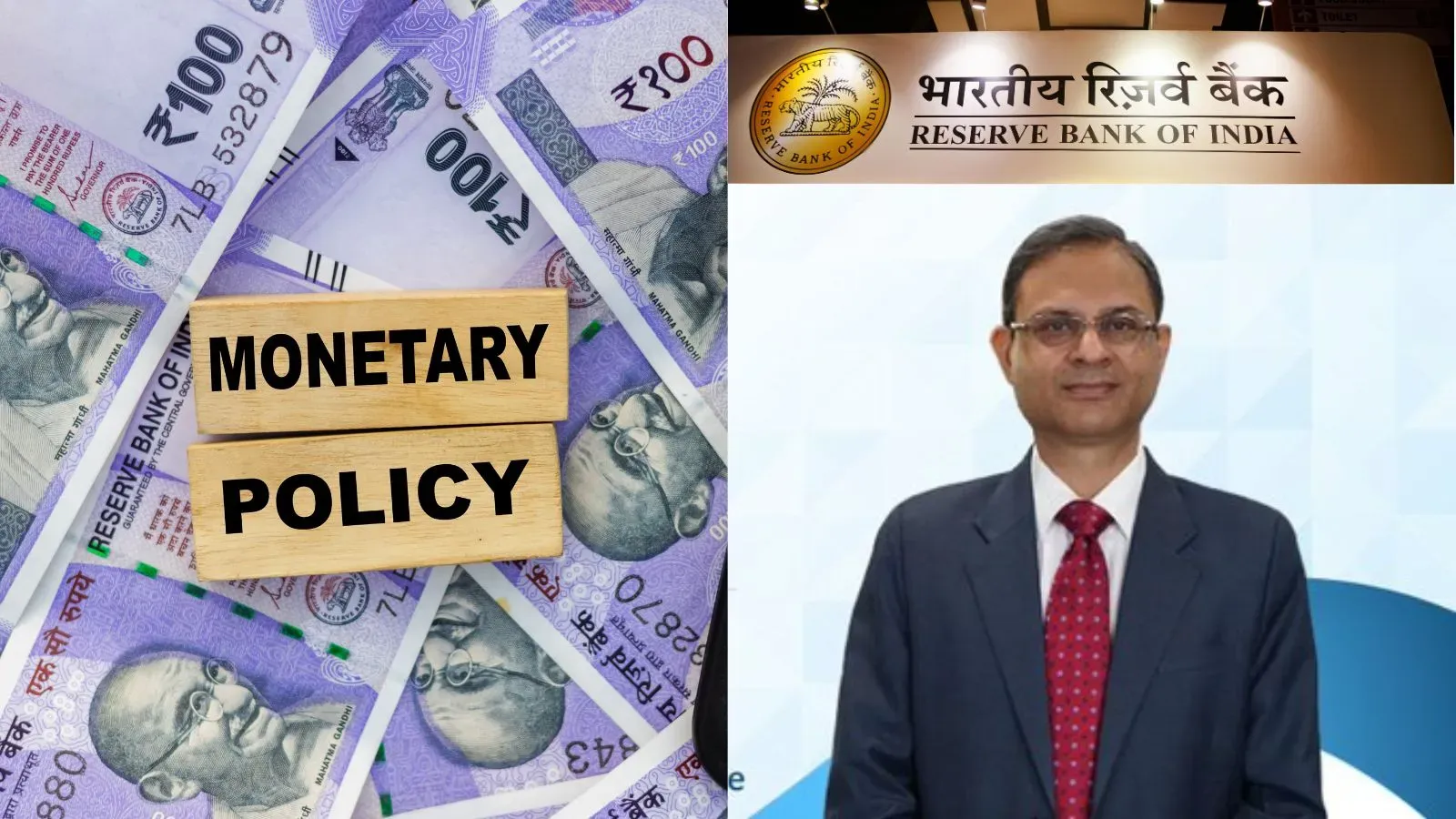Business News
GDP growth at 6.5% for FY26; sporadic volatility in markets: 10 things RBI said in its annual report
.png)
3 min read | Updated on May 29, 2025, 12:54 IST
SUMMARY
India is projected to remain the fastest-growing major economy in 2025-26, with GDP growth estimated at 6.5%, according to the Reserve Bank of India’s annual report.

RBI flagged global financial market volatility, geopolitical tensions, trade fragmentation, supply-chain disruptions and climate-induced uncertainties as factors posing downside risks to the growth outlook.
The Indian economy is set to remain the fastest-growing major economy in the world in 2025-26, backed by a rebound in private consumption, healthy financial sector balance sheets, easing financial conditions, and continued government focus on capital expenditure, according to the Reserve Bank of India’s annual report released on Thursday.
Real GDP growth is projected at 6.5% for 2025-26, with risks evenly balanced. The RBI noted that a likely above-normal south-west monsoon, easing of supply chain pressures, and softening of global commodity prices bode well for the inflation outlook.
However, the report flagged downside risks to growth from global uncertainties including rising protectionism, potential tariff wars, and persistent geopolitical tensions.
10 key takeaways from the report:
-
The RBI predicts India will maintain its position as the fastest-growing major economy in 2025-26, driven by strong private consumption, healthy corporate and bank balance sheets, and government emphasis on capital expenditure.
-
With easing supply chain issues and a likely above-normal monsoon boosting agricultural output, the inflation outlook remains favourable for 2025-26. "...there is now greater confidence about a durable alignment of headline inflation with the target of 4.0 per cent over a 12-month horizon," the report said.
-
Financial markets may face sporadic volatility due to global economic uncertainties, including the impact of evolving trade policies and rising geopolitical tensions, which could affect global trade and exports.
-
The manufacturing sector is set to gain momentum, supported by domestic demand, increased capacity utilisation, and government initiatives like the PLI scheme, which bolster the 'Make in India' initiative.
-
The RBI pointed to the government's focus on infrastructure, with the announcement of the second Asset Monetisation Plan (2025-30), aimed at unlocking ₹10 lakh crore to strengthen the sector and create new job opportunities.
-
India's services sector is expected to remain resilient, while negotiations for new trade deals with the US, EU, and other countries may help mitigate risks to exports posed by global uncertainties.
-
The government’s focus on fiscal consolidation and the RBI’s accommodative monetary policy, including recent rate cuts, are expected to create an environment conducive to continued economic growth.
-
India’s increased allocation for research and development, especially in AI and other technological sectors, is expected to foster innovation and improve productivity over the long term. "The government has planned to facilitate the development of multiple sovereign foundational AI models, including large language models (LLMs) and problem-specific AI solutions," the report noted.
-
The RBI report highlighted the projected slowdown in the global economy, with growth expected to decelerate to 2.8% in 2025, as global trade protectionism, geopolitical risks, and financial market volatility remain persistent challenges.
-
Heightened public debt across major economies, coupled with global financial market volatility, poses a risk to financial stability. The RBI stressed the importance of proactive risk management within India’s banking and non-banking sectors to navigate global uncertainties. "Considering the dynamic nature of the interest rate risk, banks need to address both trading and banking book risks, especially in light of moderation in NIM," it said.
By signing up you agree to Upstox’s Terms & Conditions
About The Author
Next Story

